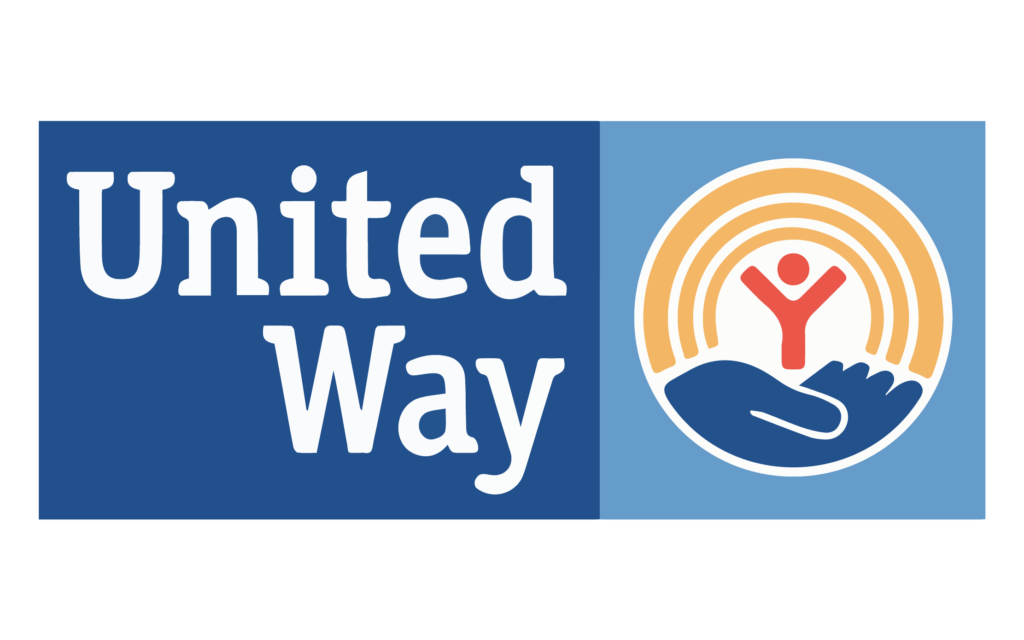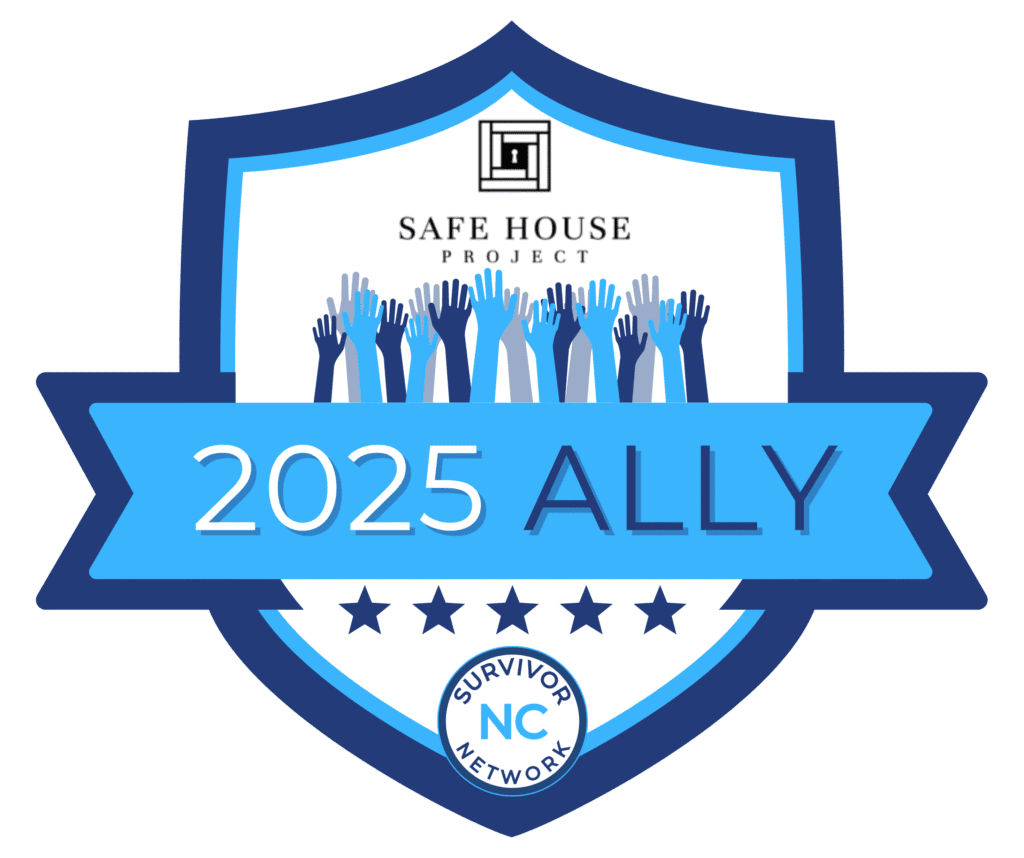Human trafficking can happen anywhere, to anyone. It does not discriminate between gender, race, income level, sexual orientation, or any other demographic. However, an individual’s risk of being trafficked is affected by the cultural, governmental, environmental, and circumstantial factors that they encounter. Homelessness, the threat of homelessness, or unstable housing conditions is one major risk factor of trafficking and may cause a victim to stay in their trafficking situation even longer.
Safe House Project is working to change both the misconceptions about who may be trafficked and the vulnerabilities of certain communities with the goal of preventing trafficking before it starts. Survivors of human trafficking will have many needs along their road to recovery, but often, healing begins with a safe place to live. Through our nationwide network of partnering safe house programs, Safe House Project offers more than just a roof and four walls; we aim to help all survivors heal through trauma-informed care and a range of tools available for whatever needs they encounter.
WHO CAN BE TRAFFICKED?
Traffickers often prey on the vulnerabilities of populations that are impoverished, homeless, disenfranchised, and/or underserved. These groups are perceived by traffickers to be easier targets, as they are motivated to gain and keep a job, are easily manipulated by the threat of being made homeless, and generally have fewer resources and access to social support. Often, victims are often left financially destitute from their trafficking experience, making it easier to re-exploit them if they encounter economic barriers after exit.
Furthermore, these vulnerabilities often act as magnifiers for one another. For example, LBGTQ+ individuals have a higher risk of being trafficked due to increased discrimination and a common lack of social support. A study by Covenant House showed that one-third of all unhoused LGBTQ+ youth staying in Covenant House shelters had been involved in a trafficking situation. Another University of Pennsylvania study showed that, of the 300 participants who were survivors of trafficking and had experienced homelessness, 22% were approached by their trafficker on the first night of homelessness. 49% also reported experiencing sexual abuse in childhood. For many people, trafficking is not the first time they have been victimized.
Although human trafficking is often assumed to be sex trafficking of young women and children, there are many other demographics engaged in both sex and labor trafficking, which may include anything from drug dealing to manufacturing operations. A Loyola University study by Laura T. Murphy reported that 19% of the runaways and homeless youth staying in Covenant House shelters reported being in a trafficking situation; 14% reported sex trafficking, 8% reported labor trafficking, and an additional 3% reported both sex and labor trafficking. A more surprising statistic shows that homeless veterans have been experiencing a rise in labor trafficking since at least 2020, at which point 36% of Veterans Affairs staff reported encountering a veteran who had been trafficked.
HOMELESSNESS AND RECRUITMENT
Recruitment in Shelters
Homeless shelters are some of the most vulnerable places for potential victims of human trafficking. They are largely utilized by people who are struggling financially and have little social support, few employment opportunities, and a general lack of resources. They may also face discrimination – especially if they are of an ethnic minority, are part of the LGBTQ+ community, et cetera – and feel they have no one to help them. Furthermore, many previously trafficked individuals will seek refuge at homeless shelters during an exit from a trafficking situation. These shelters, by necessity, must have publicly available addresses and be open to all people, leaving residents vulnerable to traffickers and recruiters.
Traffickers and their recruiters may approach victims in several ways. They may simply offer an individual something they want – more comfortable or private living conditions, food, prohibited substances, or even an intimate relationship. Recruiters often form friendships with fellow residents, creating an emotional bond before leading them into a trafficking situation. A victim attempting to exit a trafficking situation will often return to their trafficker due to manipulation, trauma-bonding, or economic hardship. These emotional and psychological bonds are a primary factor in the difficulty that survivors face in leaving exploitation.
Survival Sex & Other Trafficker-Victim Relationships
Survival sex is defined as any sexual activity exchanged for basic necessities such as food, shelter, safety, money, et cetera. Unfortunately, it is extremely common among people experiencing homelessness; An Am J Public Health study reported that 28% of street youths and 10% of shelter youths indicated engaging in survival sex while they were homeless. Provided a participant is not a minor, survival sex can sometimes be voluntary, but it is always exploitative of the individual’s circumstances and may very easily develop into sexual victimization and/or trafficking. Furthermore, it is believed that survival sex is a severely under-reported type of trafficking, as many victims perceive it as necessary or even “normal” for their situation.
Another common trafficker-victim relationship, specifically in sex trafficking, is the “sugar-baby” dynamic. This describes an older individual – a “sugar daddy” or “sugar mama” – who engages in a romantic relationship with a youth or young adult, on whom they initially dote and shower extravagant gifts, money, or basic necessities. These gifts are often used later as a means of control or manipulation as the relationship becomes abusive. Loyola University, in partnership with Covenant House, reported that 6% of all youth interviewed and 20% of youth involved in the sex trade indicated having been in a “sugar” relationship. While considered to be underreported in all demographics, one severely underrepresented group is heterosexual cisgender men, 8% of whom reported sexual exchanges with older women.
HOMELESSNESS AND ACTIVE TRAFFICKING SITUATIONS
Shelters and Group Homes
Unfortunately, some shelter and housing operators may force residents to work in order to stay at the shelter or home. This includes labor beyond typical chores, often for very long working hours, and is unpaid. Victims are often threatened with returning to the streets in order to control them. This control may be even stronger for individuals with further concerns with being homeless, such as escaping violence or having a mandate from criminal justice or parole systems to stay. This type of trafficking situation is usually labor trafficking, although some incidents of personal sexual servitude to housing staff have been reported.
Worker Housing
In both sex and labor trafficking, a trafficker is often in control of a victim’s housing situation and threatened with homelessness if they do not comply. In labor trafficking situations such as traveling work crews, vacation rentals have become increasingly common for their ease of use through platforms like Airbnb and VRBO, and attract less police and staff scrutiny than hotels. In other cases, an employer may own the property or rent housing for workers. In any case, housing is commonly very overcrowded and even damaged by sheer overuse. Other signs include cameras in odd places that are used by the trafficker to monitor the victims, the whole group relying on the employer for transportation, and lack of activity by residents as they are commonly forbidden from leaving the premises during off-hours.
OUR ROLE:
In 2024, 48% of survivors served by Safe House Project were either homeless or currently in a temporary shelter. Housing and shelter requests are by far the most needed and asked-for service by survivors. However, the lack of availability of suitable shelters and their limited funding presents significant challenges in quickly connecting survivors in crisis to temporary secure housing.
In order to provide more safe places for survivors to turn to, we must spark change in the way shelters, homes, and programs are structured and increase resources, training, and technical assistance for coordination between housing and service providers.
- UNDERSERVED POPULATIONS: Many shelters and homes have restrictions on who may be admitted, leaving underrepresented survivors without a safe place to go. New housing opportunities should prioritize underserved populations, such as male survivors, LGBTQ+ individuals, and people with disabilities.
- DOMESTIC VIOLENCE (DV) SHELTERS: Because so many trafficking survivors don’t know how to define their experiences or are unaware of the existence of trafficking-specific safe homes, many turn to domestic violence shelters in crisis. While DV shelters have eased the strain on safe houses, they are often not equipped or trained to support survivors in healing from the complex trauma they have endured. The long-term solution must be to increase the number of safe houses for survivors of trafficking, but DV shelters can also increase the intake of trafficking survivors and the training they receive to support immediate stabilization until they can find a more suitable placement in trafficking-specific restorative care.
- LANDLORDS & RESIDENTIAL MANAGEMENT: Property managers often see signs of trafficking at their properties but may not recognize them as such. In addition to their own observations, other residents may report unusual activity that can be identified as potential trafficking. Landlords and others in residential management positions should receive training in identifying and reporting suspected trafficking.
- DONATIONS AND GRANTS: Expanded legislation and funding can encourage the creation of safe housing solutions for survivors. Grants and donations through both government and private avenues can implement requirements of certain standards such as trauma-informed care, cultural sensitivity, acceptance of underserved survivors, and more.
- INCREASE AFFORDABLE HOUSING: Ensuring that affordable housing is accessible to all community members can significantly decrease their vulnerability to being targeted by a trafficker. Various housing initiatives implemented by cities have proven effective at reducing homelessness and housing insecurity in their communities, which can inform large-scale implementation as a preventative measure.
FINAL THOUGHTS:
Trafficking is happening everywhere around the world, even in your community. Educating yourself is the first step toward action to help survivors. By raising awareness, you can become a safe resource to those in your own community and be a part of eradicating human trafficking.
Take the OnWatch Training today to learn the signs and symptoms of human trafficking at www.training.www.safehouseproject.org/.
SAFE HOUSE PROJECT:
At Safe House Project, our goal is to help all survivors get the help and support they need to begin their healing journey. You can support our mission of ending human trafficking by making a donation today, and be a part of offering all survivors a safe place to go.









